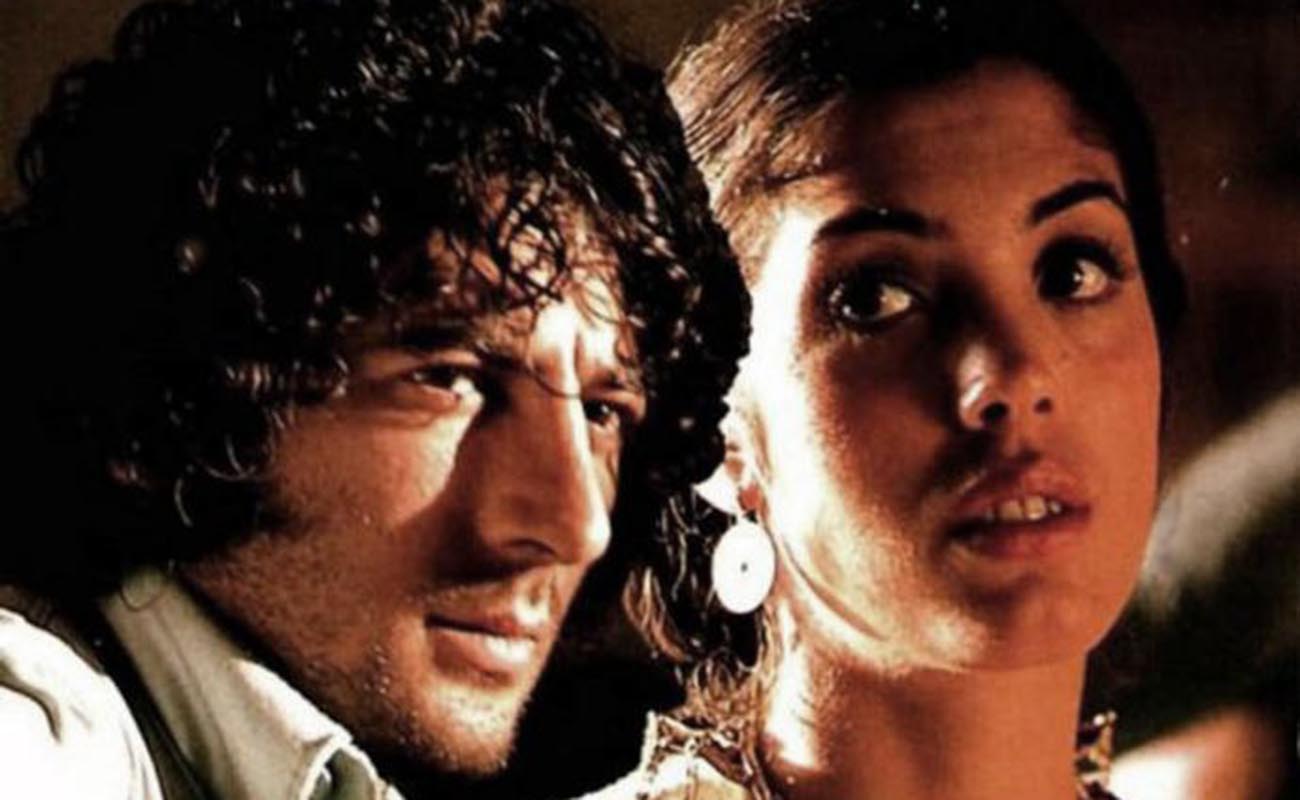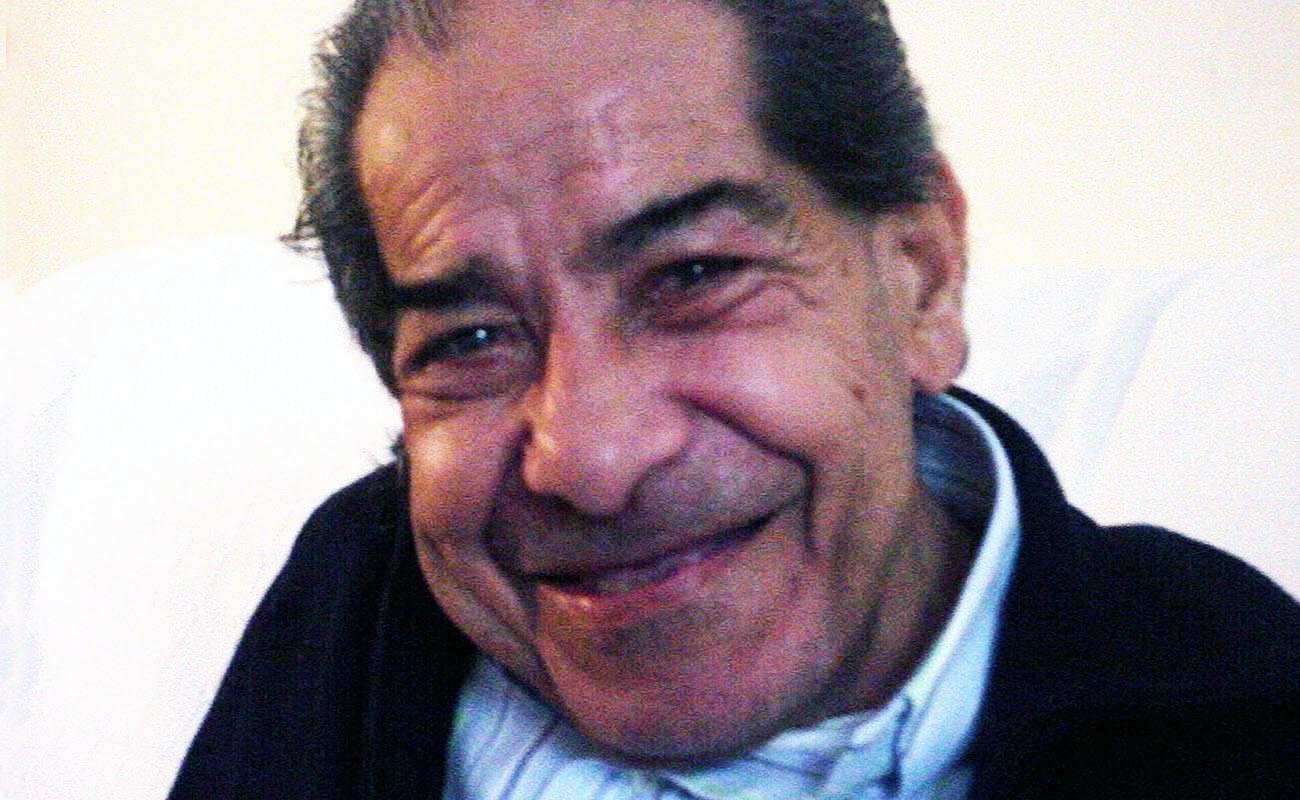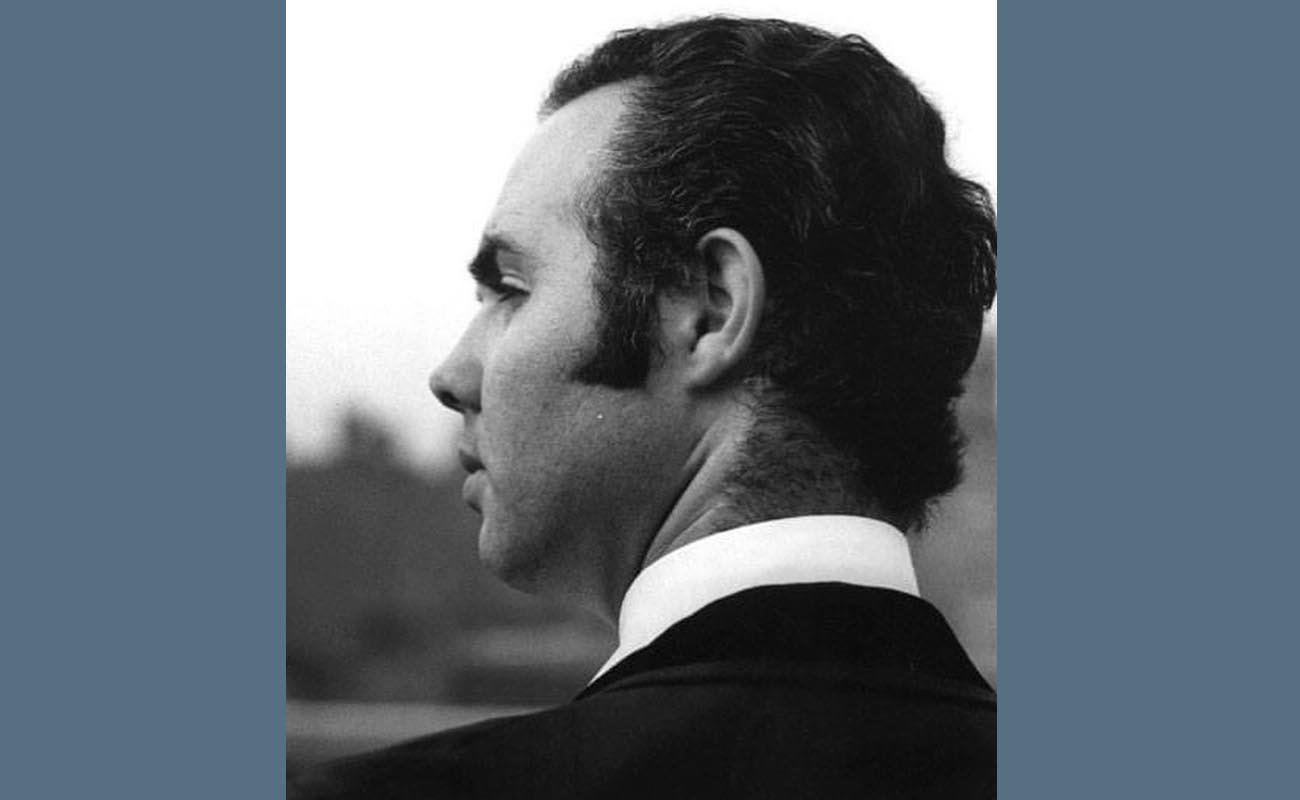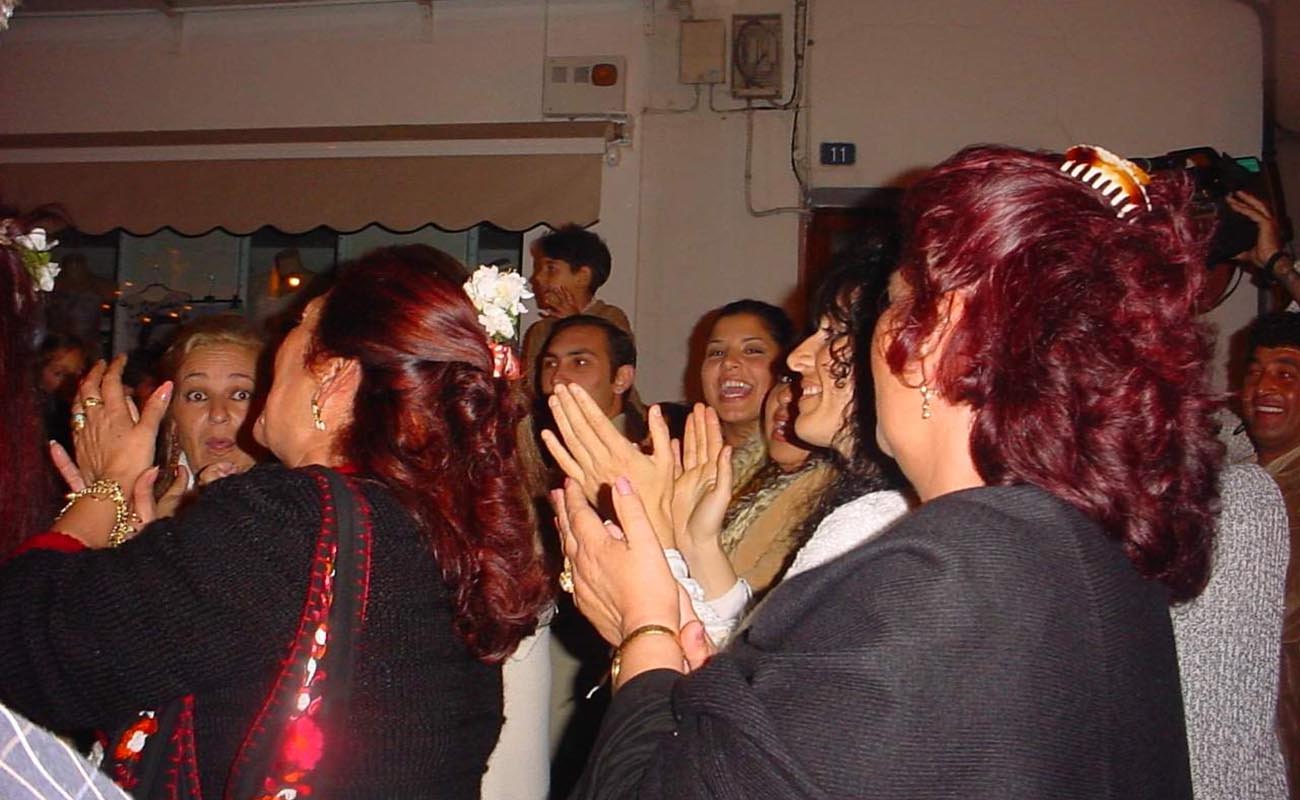Lole y Manuel… in retrospect
Lole y Manuel. Manuel y Lole. None of flamenco’s “primal scream”. More like innocent flower-children living the sunset of the hippie era.

In the early 1970s my monthly visits to the record section of Seville’s Corte Inglés began to get confusing. Normally, you would quickly wade through the newest work of Isabel Pantoja and Manolo Escobar to locate Paquera, Chocolate, Fernanda and Bernarda, Fosforito and Terremoto to see if there was anything new that you could hear for free on the store’s headphones. Around that time, flamenco was becoming receptive to experimental work, and “rock andaluz” was born. Formations like Alameda, Triana, Pata Negra, Medina Azahara and certainly Las Grecas, among others, were quickly filling a void. These were groups rather than individuals, and flamenco forms…bulerías, tangos, alegrías, etc…, were not always specified, turning “cantes” into “songs”.
During this time, Basque singers Sergio and Estíbaliz recorded their first album of what might be called “adult pop”, and Italians Albano y Romina followed their example. Musician couples became fashionable, and these duos were wildly popular. In 1969, young upstarts Paco de Lucía and Camarón had given us their first recording, referred to as “Al verte las flores lloran”, that freshened up classic flamenco. Thus, the stage was set for the revolution and ascent of Dolores Montoya Rodríguez (1954) and Manuel Molina Jiménez (1948-2015), known to us all as Lole y Manuel.
I was working in Ibiza that summer of 1975. There was no TV in the apartment, so I turned on the radio one morning to hear a slow, sensual bulerías compás, and the sweetly serene voice of Lole: El sol, joven y fuerte, ha vencío a la luna que se aleja impotente del campo de batalla (Nuevo Día). The gentle poetry of Manuel Molina, who also composed and played the music, went on and on, depicting idyllic images I’d never known before in flamenco.
Lole y Manuel. Manuel y Lole. None of flamenco’s “primal scream”. More like innocent flower-children living the sunset of the hippie era. As happened with Camarón and Paco before them, the new product attracted a vastly expanded youthful audience. Suffering the slings and arrows of outrageous poverty was no longer the main issue, as it had been for decades after the war. It became more important to love and let love. In the poetic imagery from Manuel’s fertile imagination, there was time to smell the flowers and feel the sunshine, with a touch of bittersweet pain in the precise dosage, just enough to hurt good. We hardcore flamenco followers never stopped listening to Mairena, Caracol, Pastora and other legendary artists, but Lole and Manuel beckoned from the wings to let ourselves be seduced by this alternative perspective. “Nuevo Día” indeed!
I couldn’t afford to buy many recordings in those lean years – tablaos in Madrid were paying 250 pesetas to no-name members of the regular group – but the radio was a great resource, and Lole y Manuel got plenty of air-time.
A couple of years later, I was astonished to discover that Lole’s surname, Montoya, was the same Montoya of the “familia Montoya”, the first successful attempt to present homespun flamenco in a theatrical setting with a minimum of staging. Straight-up flamenco, in all its glory and richness. Just enough stage direction to avoid chaos while encouraging spontaneity, it was traditional singing, dancing and guitar passed through a contemporary prism. And sweet Lole, surrounded by her family, did classic flamenco right along with her people: her mother, singer Antonia La Negra, born in Algeria, provided an Arabic influence, her father, Juan Montoya, was a talented dancer, and the group also featured her aunt, singer Carmen Montoya and daughter of the latter, dancer/singer Carmelilla. It was then I understood Lole’s contemporary agenda in the context of traditional flamenco. What an amazing genre this flamenco, that it embraces Manuel Torre, La Niña de la Puebla, Manuel Agujetas, Pepe Marchena, Lole and Manuel…you get the idea.
I remember the record cover of Al Alba con Alegría (1980) where we see Lole with her infant daughter Alba, now a popular singer in her own right. At the time, I mused that the child’s future would surely involve music, probably flamenco. That baby’s father, Manuel, is gone now, but Lole continues to give the occasional recital. I saw her in 2004 at the Festival de Jerez, and in 2015 at the Fiesta de la Bulería. Although Jerez taste-buds crave a more aggressive delivery, Lole was well-received, and managed to fascinate a whole new generation of flamenco fans. No longer the youthful flower-child, she’s now a mature artist, although she never lost the serene countenance that was so much a part of Lole y Manuel.
El Romero Verde…Nuevo Día…La Mariposa…Todo Es De Color… The soundtrack of a generation whose influence lingers and continues to seduce.





